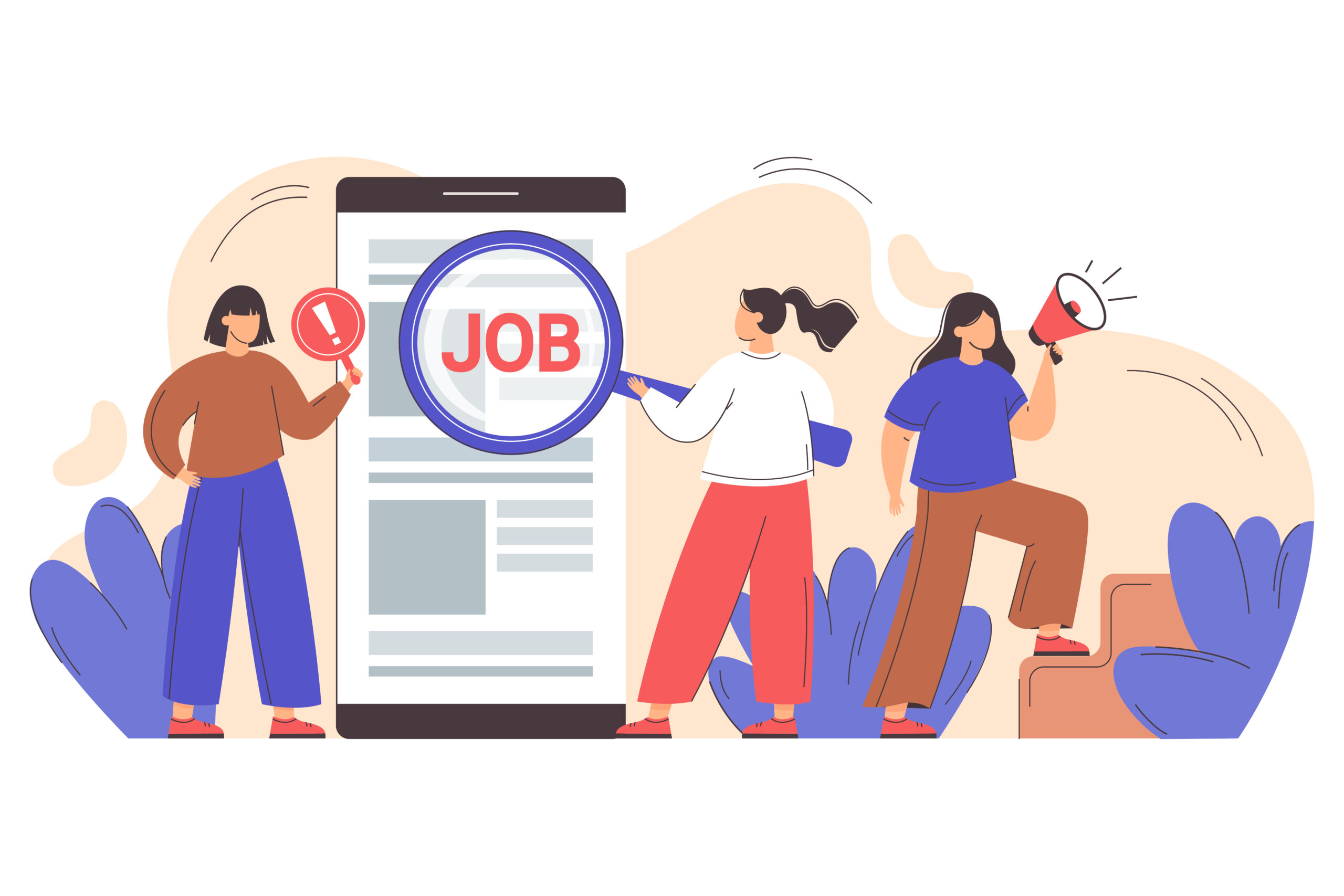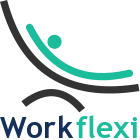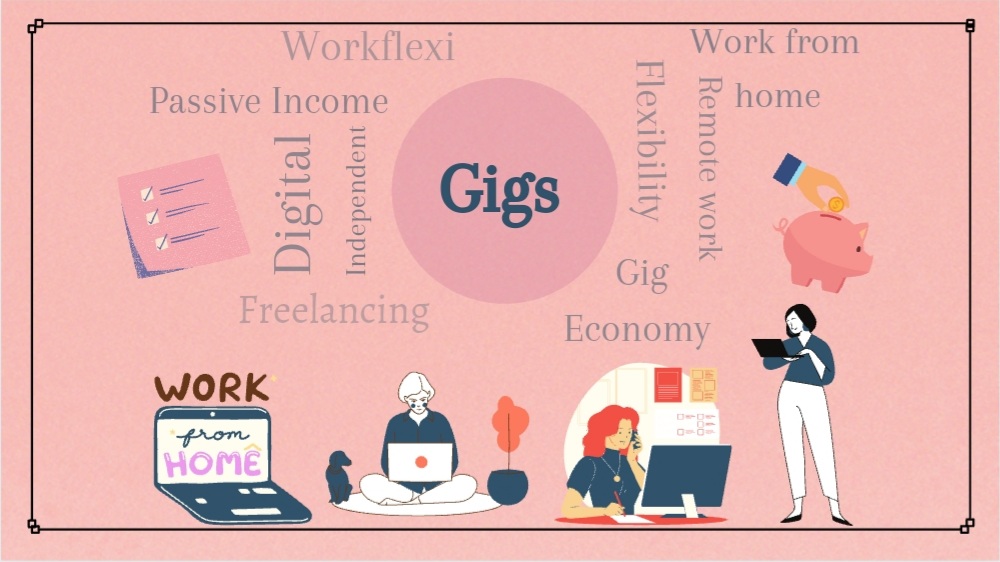How to Write Winning Proposals for Freelancing Projects Online?

Are you struggling to land freelancing projects online? You’re not alone! Many freelancers face the same challenge—submitting proposals but not getting responses. The truth is, that clients receive dozens (sometimes hundreds) of proposals, and only the best ones stand out.
The good news? Writing a winning proposal isn’t rocket science! You just need to understand what clients want and present yourself in the best possible way.
In this guide, we’ll break it down step by step so that you can start winning more projects and growing your freelancing career.
1. Understand the Client’s Needs
Before you even start writing a proposal, take a moment to fully understand the project. A common mistake made by freelancers is to provide generic proposals after rapidly reviewing job descriptions. That’s the easiest way to get ignored.
What you should do?
- Read the job description carefully – Pay close attention to the job description. Be attentive to specifics such as budget, timelines, and requirements.
- Identify key client needs – What problem is the client trying to solve? Don’t forget to mention this in your proposal.
- Do some quick research – If the client’s name or company is mentioned, check their website or LinkedIn. A little extra knowledge can help personalize your proposal.
By showing the client that you truly understand their needs, you immediately stand out from freelancers who just copy-paste generic responses.

2. Structure Your Proposal for Success
A well-structured proposal is easy to read and keeps the client engaged. Here’s how you should format yours:
1. Compelling Opening Statement
The first few lines of your proposal should grab the client’s attention. Instead of saying, “Hi, I am interested in this job,” try something like:
“Hi [Client’s Name], I came across your project, and I believe I can help you achieve [mention specific goal]. I have successfully worked on similar projects before, and I’d love to bring my expertise to this.”
This instantly makes your proposal more engaging and personalized.
2. Personalization is Key
Clients value it when freelancers call them by name and look up details from the job description. It demonstrates that you have reviewed their needs carefully.
For example, instead of:
“I am an experienced graphic designer.”
Say:
“As a graphic designer with 5 years of experience, I understand the importance of creating visually appealing designs that match your brand. Based on your request for a modern logo, I’d suggest a clean and minimalistic approach.”
3. Emphasise Experience and Skills That Are Relevant
- Pay attention to abilities that have a direct impact on the project.
- Provide links to a portfolio or prior work.
- Mention similar projects you’ve completed.
4. Provide a Clear Work Plan
Clients love freelancers who bring clarity to how they’ll complete the project. Break down your strategy in detail.
For example:
“To complete your project, I’ll follow these steps:
- Be clear about your needs and expectations.
- Provide an early draft in three days.
- Make revisions based on your feedback.
- Deliver the final version within 7 days.”
5. Establish reasonable deadlines and prices
Mention the project’s duration and your fees. If possible, offer different pricing options (basic, standard, premium) so the client has choices.

3. Add a Strong Portfolio and Testimonials
If you’ve done similar work before, show them to the client. Clients want to see examples of your abilities before they hire you.
How to do it effectively:
- Attach samples that are relevant to the job.
- Provide URLs to your website or portfolio.
- Add testimonials from previous clients if you can.
If you’re new to freelancing and don’t have previous projects to showcase, you can create sample work to demonstrate your skills.

4. Use a Professional Yet Engaging Tone
Your proposal should sound professional but not robotic. Write the way you’d speak to a client in a business setting.
- Avoid generic phrases like: “I am passionate about my work.” (Every freelancer says this!)
- Instead, say: “I enjoy creating user-friendly websites, and I recently worked on a project similar to yours. Here’s how I can help you…”
Keep your sentences short, clear, and friendly.

5. The Power of a Strong Call-to-Action (CTA)
A good proposal ends with a call to action, encouraging the client to move forward. Here are some great CTAs you can use:
- “I’d love to discuss your project further. Let’s set up a quick call to go over the details!”
- “If you have any questions, feel free to ask. I’m happy to clarify anything!”
- “Looking forward to working together. Let me know how you’d like to proceed!”
This gives the client an easy next step to follow.
6. Common Mistakes to Avoid
Even a great proposal can fail if you make these common mistakes:
-
Copy-pasting generic proposals
Clients can spot a template from miles away. Always personalize your proposals.
-
Overselling or overpromising
Don’t say you can complete a project in 24 hours if it realistically takes a week.
-
Ignoring grammar and spelling
An improperly written proposal conveys the idea that you are not detail-oriented. Make use of grammar checkers such as Grammarly.
-
Not following up
Follow up with a polite note if you don’t hear back in a few days. Clients can get too busy to reply.
Writing winning proposals for freelancing projects online doesn’t have to be difficult. If you:
- Understand the client’s needs,
- Structure your proposal effectively,
- Highlight your skills and expertise.
- Keep your tone polite but professional, and
- Include a strong CTA,
You’ll significantly increase your chances of landing projects.
Now that you have the right strategy, go ahead and craft a winning proposal for your next freelancing gig. With consistent effort, you’ll start seeing positive results!

Ready to Land More Freelancing Projects?
Join Workflexi today and connect with top clients looking for skilled freelancers like you. Start bidding on high-quality freelancing projects online and grow your career hassle-free. Sign up now and get started!
Frequently Asked Questions:
- How do I write a winning proposal for freelancing projects online?
To write a winning proposal, personalize your response, highlight relevant skills, provide a clear work plan, and include a strong call to action. - What should I include in a freelancing proposal?
Your proposal should have a compelling introduction, relevant experience, a detailed work plan, pricing, a timeline, and a call to action for the client. - How can I make my freelancing proposal stand out?
Use the client’s name, address specific project needs, provide portfolio links, and write in a professional yet friendly tone to make your proposal unique. - What are common mistakes to avoid in freelancing proposals?
Avoid generic copy-paste proposals, unrealistic promises, spelling errors, and failing to follow up with clients after submission. - How long should a freelancing proposal be?
Keep your proposal concise, ideally between 200-300 words, ensuring it covers all essential points without overwhelming the client. - Why am I not getting responses to my freelancing proposals?
It could be due to generic proposals, lack of personalization, unclear work plans, or not showcasing relevant experience effectively.



